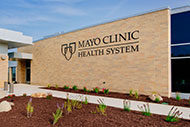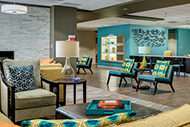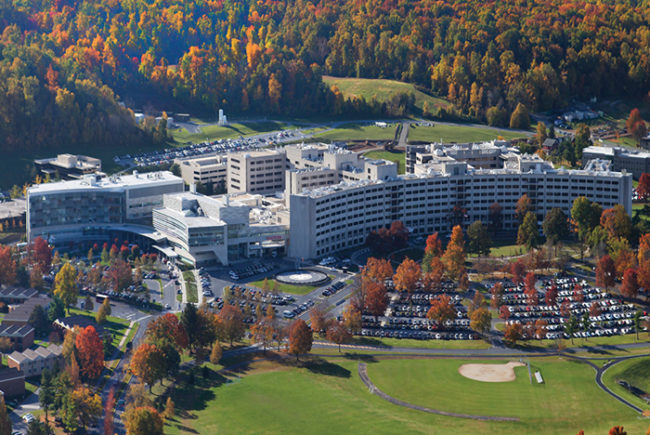The influence of health care design, construction and operations on the patient experience has always been the motivating force behind our work at Health Facilities Management (HFM) magazine.
From floor plans that promote patient flow to construction materials that support cleanliness to medical equipment that reduces the cacophony of noises that sometimes can erupt in a care area, our mission is to bring the latest technology and process innovations to improve the health care physical environment.
So, it was with great interest that we learned about “Improving the Patient Experience Through the Health Care Physical Environment,” a new guide published by the American Hospital Association’s Hospitals In Pursuit of Excellence initiative and the American Society for Healthcare Engineering (ASHE).
Discussed in the Checklist [Page 10] and ASHE Perspective [Page 39] columns in this issue, the guide takes a comprehensive approach by providing a look at some of the key ways the physical environment can affect the patient experience. More importantly, it also shows how hospital leaders can address specific areas for improvement for any of the patient experience of care questions in the HCAHPS survey.
The guide relates several case studies to illustrate some of the potential gains of such projects, including:
• A sound-attenuation project at Cleveland Clinic that utilized facilities, equipment, technology and behavior/operations modifications improved HCAHPS scores for “always quiet at night.”
• A new orthopedics wing at South Shore Hospital, South Weymouth, Mass., that was partially designed to improve staff and patient interaction resulted in increases in the HCAHPS “always” score for responsiveness.
• An initiative to make Lee Memorial Health System’s Cape Coral (Fla.) Hospital into a more “person-centered” healing environment improved HCAHPS patient experience scores.
Finally, the guide provides useful resources to help hospital leaders get started.
HFM’s readers would do well to download the guide at www.hpoe.org, so they can demonstrate how the physical environment can help their organizations achieve similar patient satisfaction gains.





